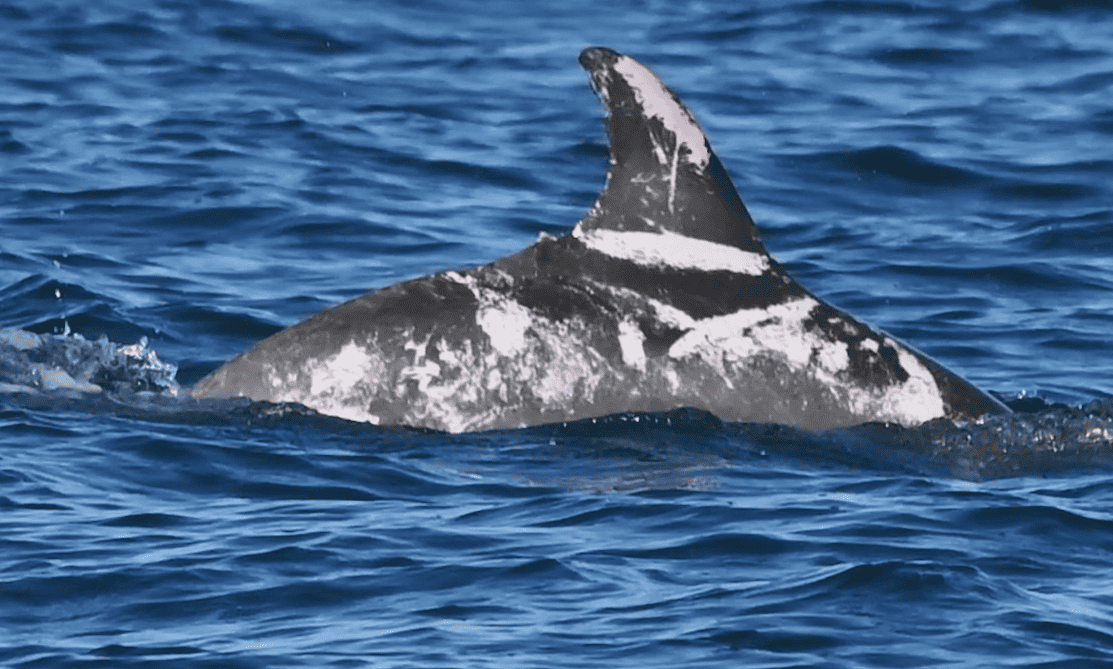A unique dolphin named Speckles has captured the attention of scientists. Speckles is not your ordinary dolphin; she stands out due to an extremely rare skin condition that has made her a subject of fascination.
The Discovery of Speckles
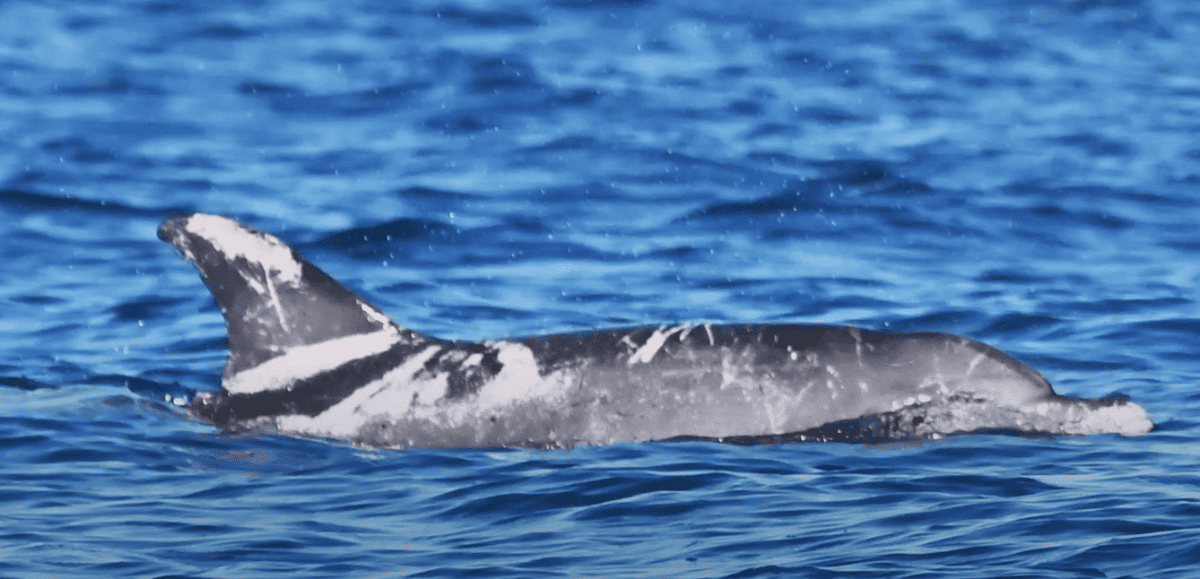
Speckles, a bottlenose dolphin, was first spotted off the coast of Australia, swimming freely among her pod. Speckles’s distinctive skin pattern, characterized by large, irregular white patches against her dark gray skin, makes Speckles extraordinary. This condition, known as piebaldism, is exceedingly rare in dolphins, making Speckles one of the few known cases worldwide.
Understanding Piebaldism
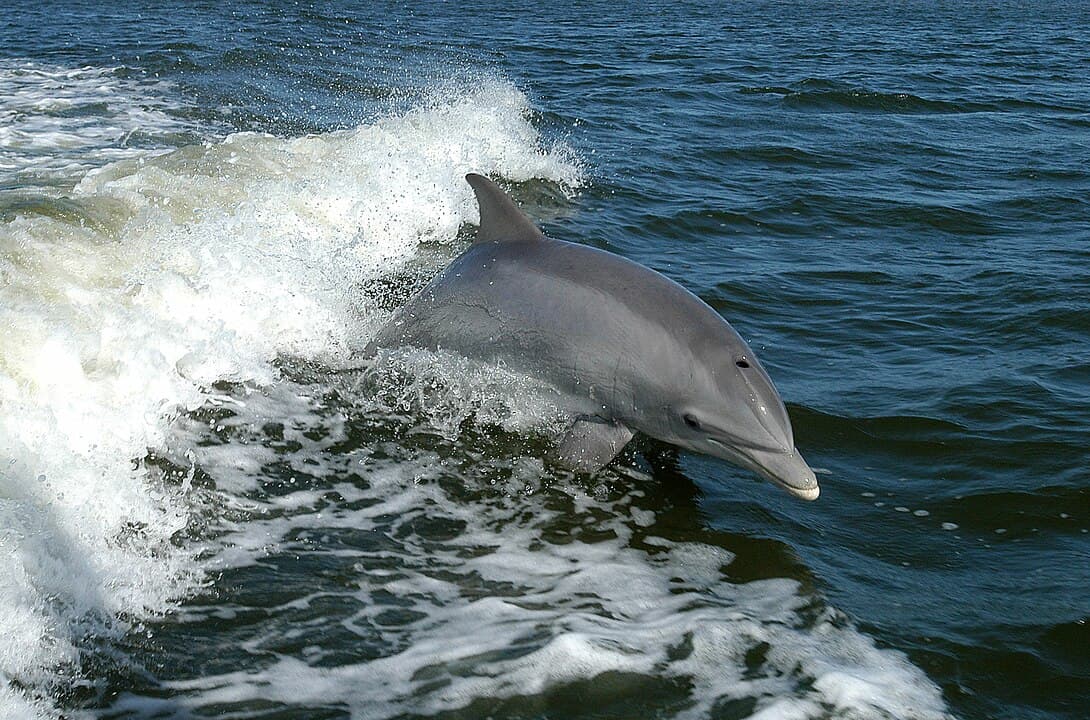
Piebaldism is a genetic anomaly that results in the lack of pigmentation in certain areas of the skin. In mammals, it’s often marked by white patches of fur or skin, surrounded by normal coloring. While piebaldism is observed in various animal species, including horses, dogs, and birds, it is exceptionally rare in marine mammals, especially dolphins.
The Significance of Speckles’ Condition

Speckles’ unique appearance provides a valuable opportunity for researchers to study genetic diversity within marine mammal populations. Scientists are particularly interested in understanding how such genetic variations affect the behavior, social interactions, and survival of dolphins in the wild. By studying Speckles and her pod, researchers hope to gain insights into the broader implications of genetic anomalies on marine ecosystems.
Conservation and Awareness
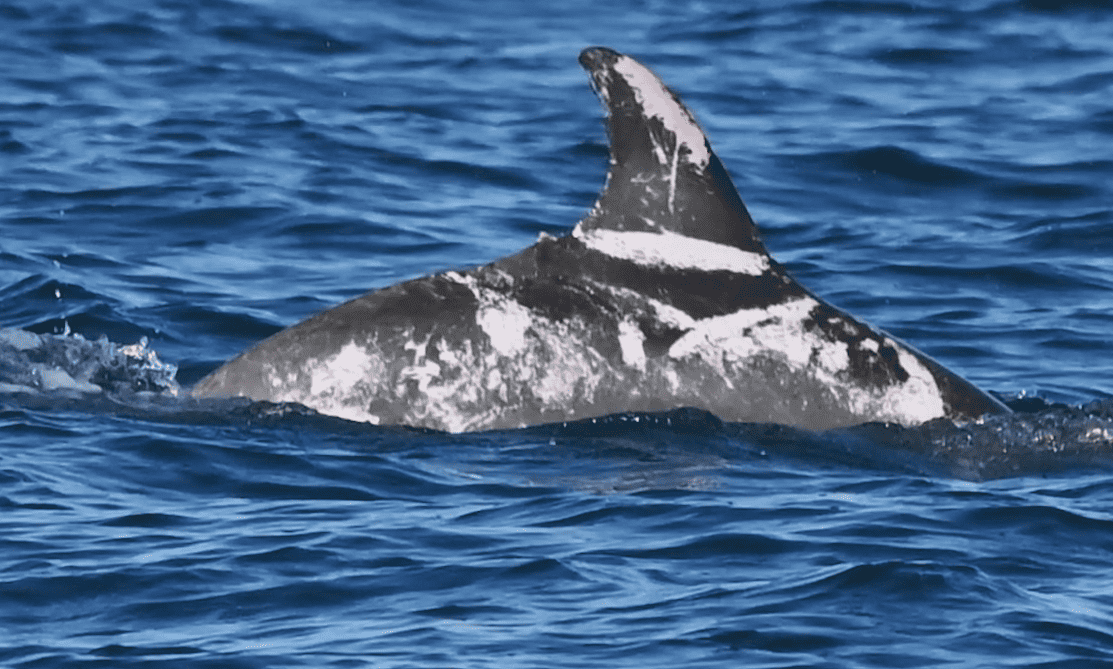
The discovery of Speckles has also played a significant role in raising awareness about marine conservation. Like many marine species, dolphins face numerous threats from human activities, including pollution, fishing nets, and habitat destruction. Speckles’ story highlights the importance of protecting marine habitats to ensure the survival of unique individuals and the overall health of marine ecosystems.
Speckles’ Journey Ahead: Navigating Life with a Rare Skin Condition
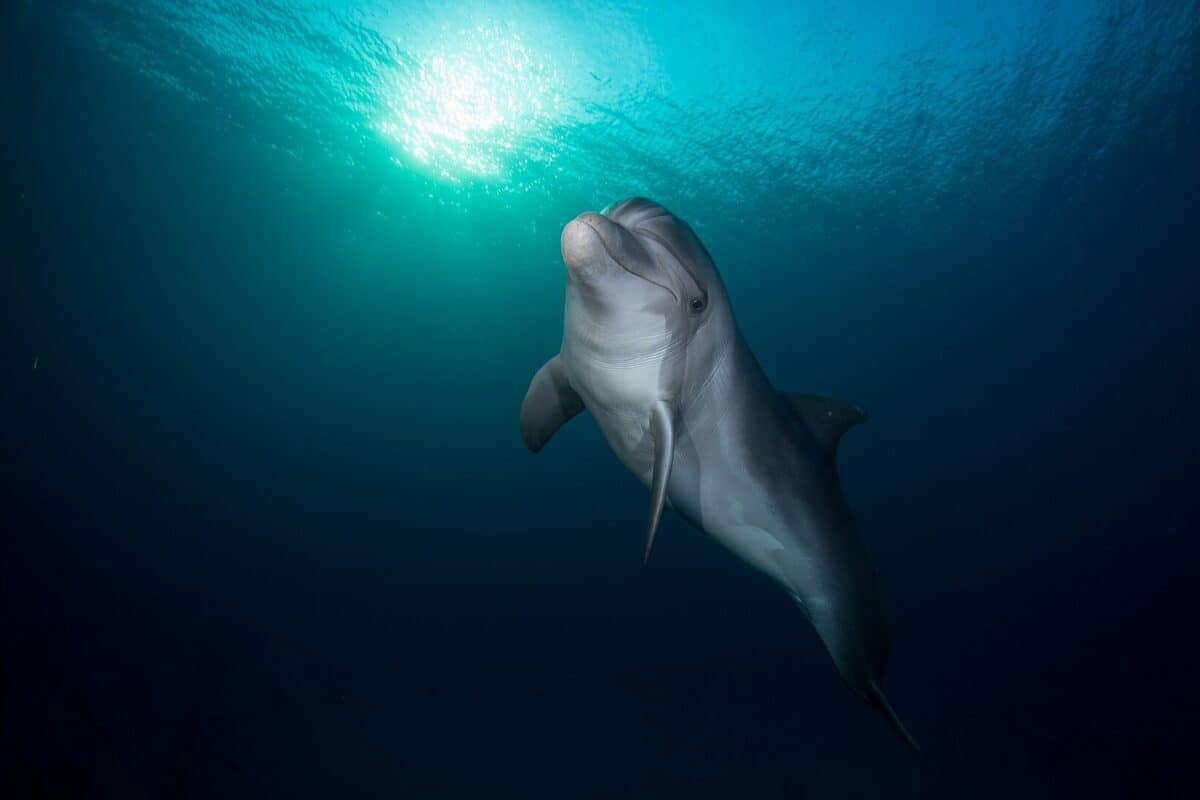
Researchers remain committed to monitoring her health and behavior as Speckles thrives in her natural habitat. Her presence in the wild reminds us of nature’s incredible diversity and the need for ongoing conservation efforts to protect our planet’s marine life.
You might also enjoy:
Watch: Dog Leads Owner to Baby Dolphin Stuck on Shore
Watch: Dolphin Saves Dog That Fell Into The Sea From A Boat
Dolphin’s Playful Push Sends Paddleboarder Splashing
Join our Forum for free today!

- The Bond Between a Wild Baby Bison and Her Rescuer - July 20, 2024
- An Excited Husky’s First Ever Time in Snow - July 20, 2024
- Top 20 Colorful Species To Brighten Your Day - July 14, 2024

